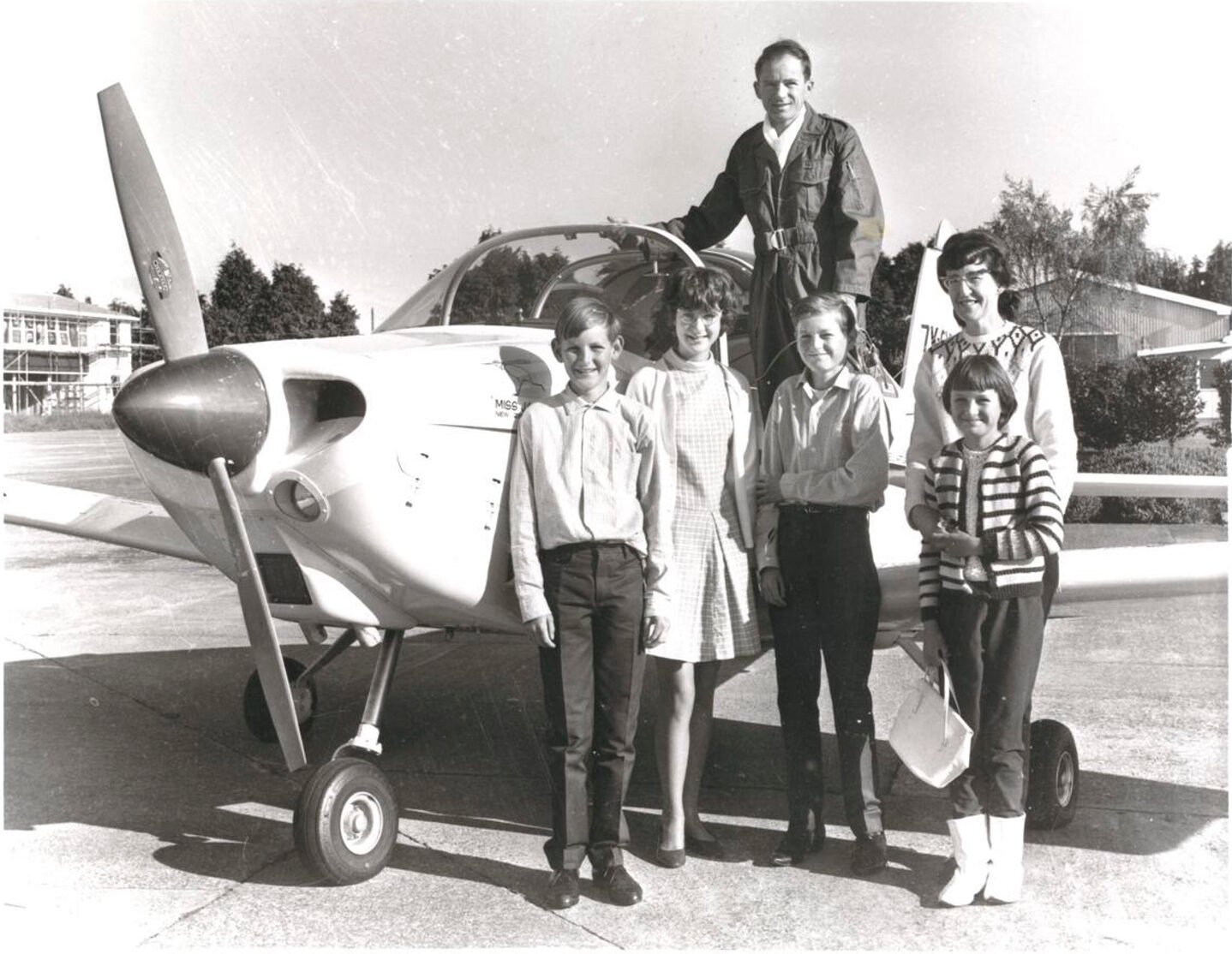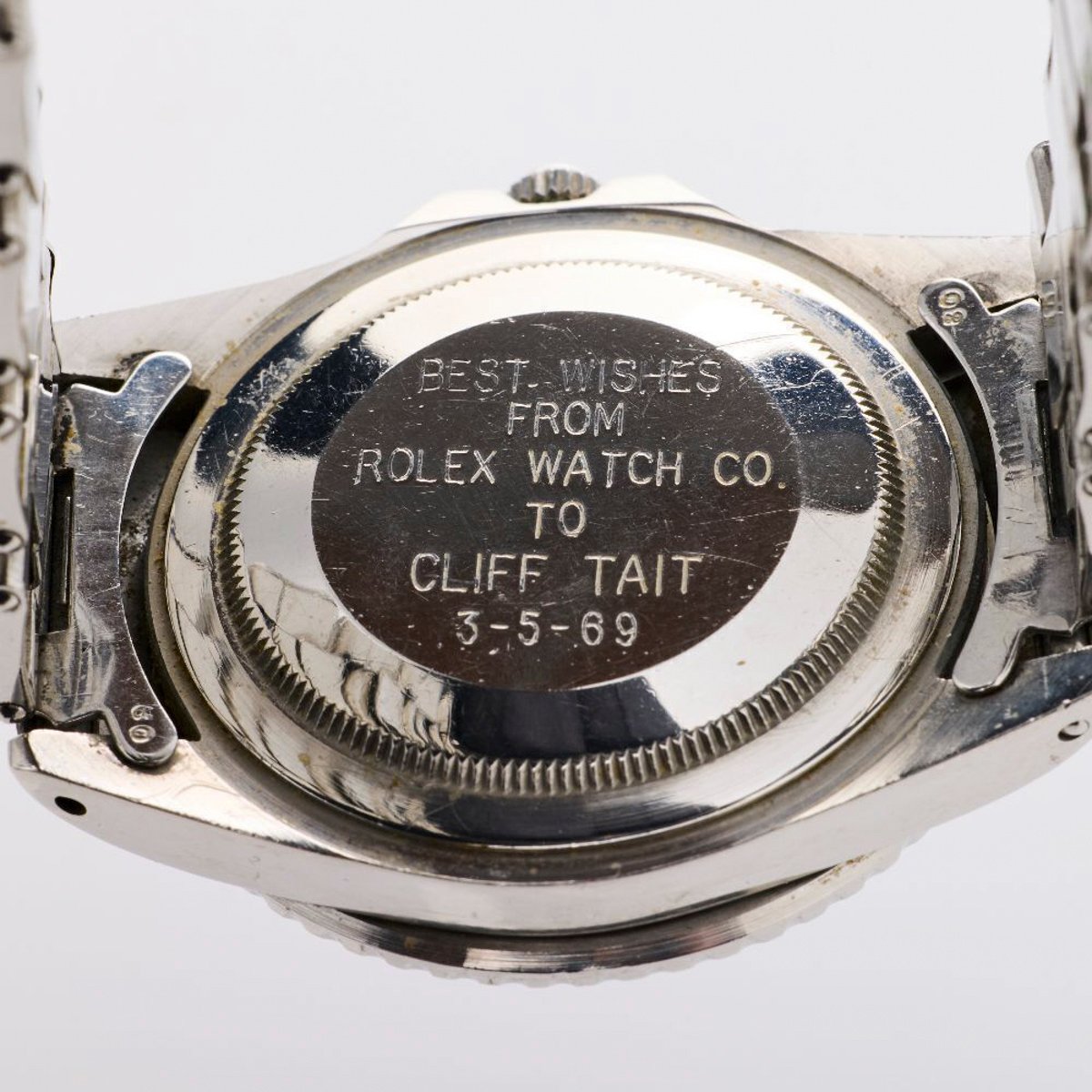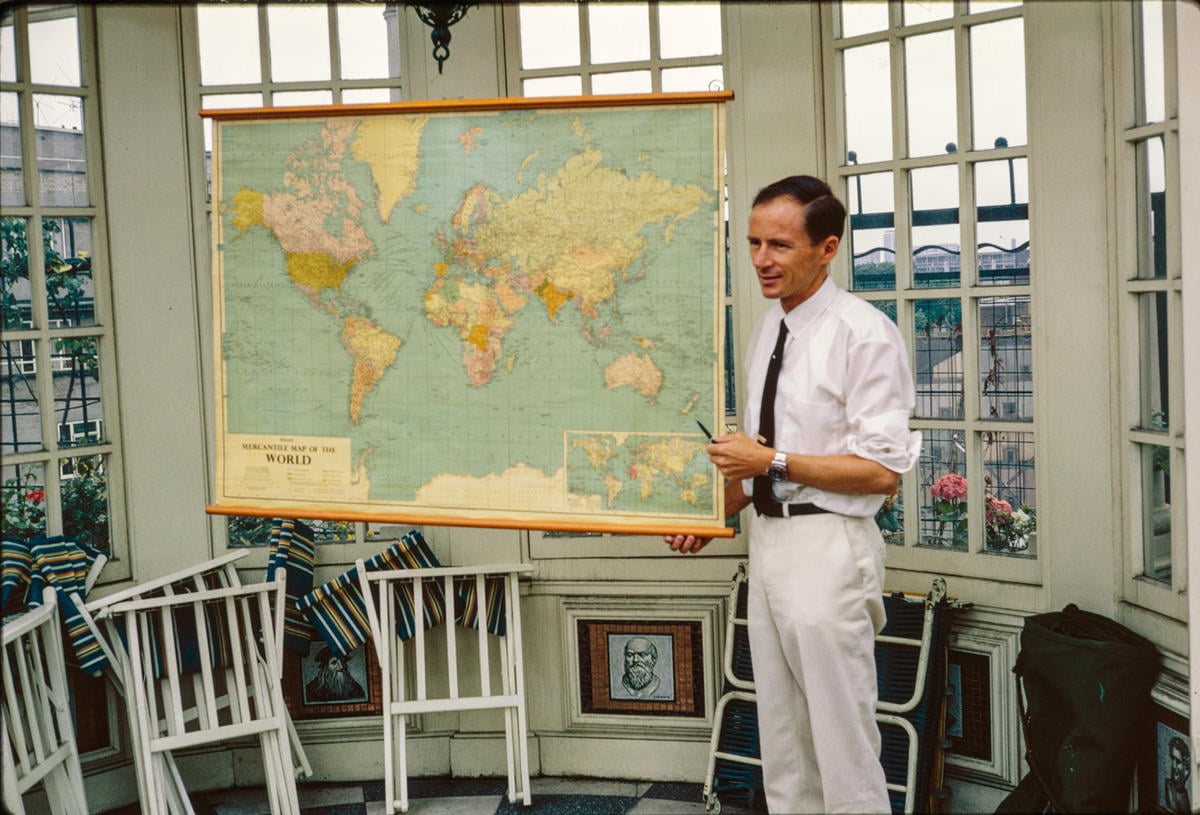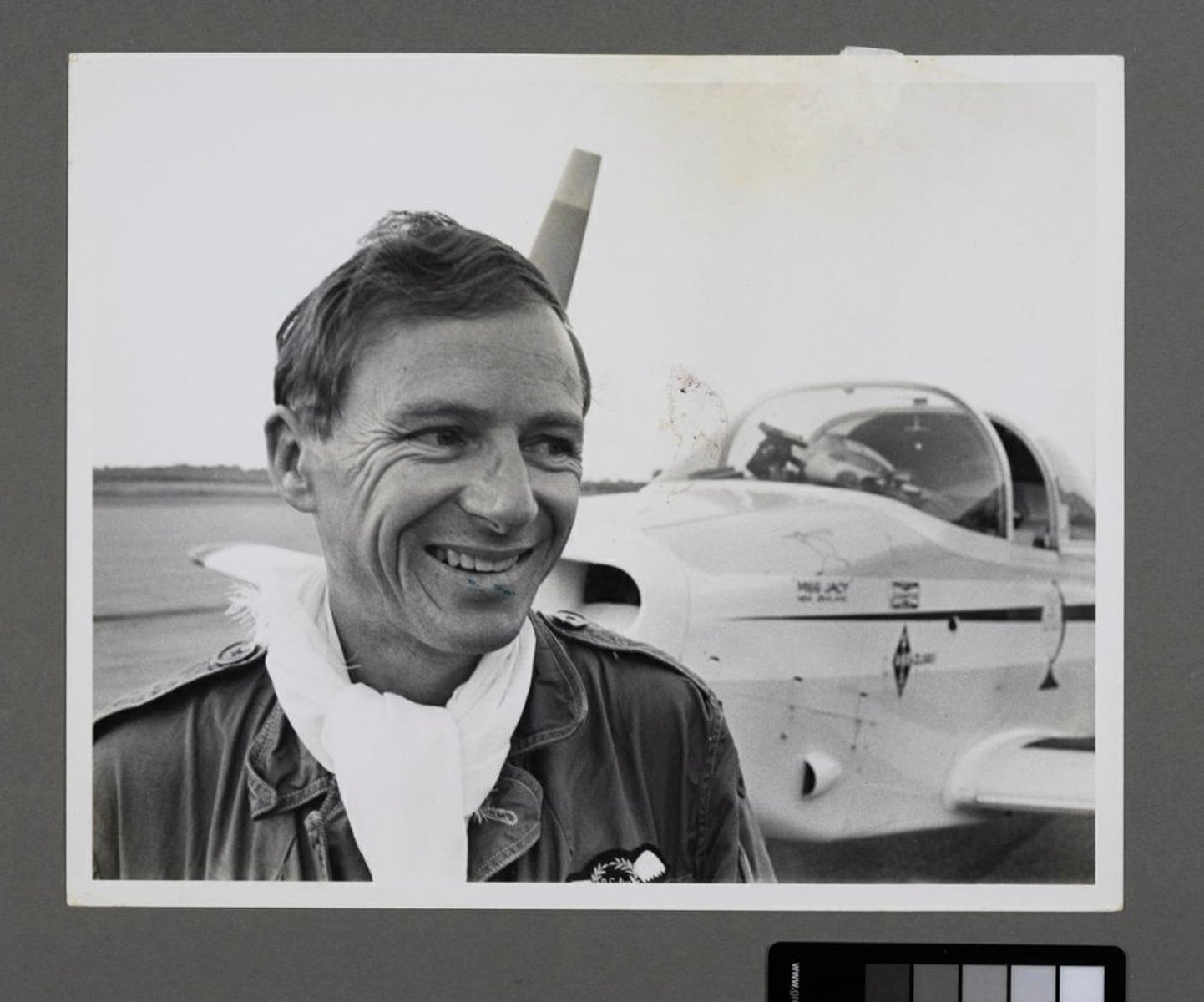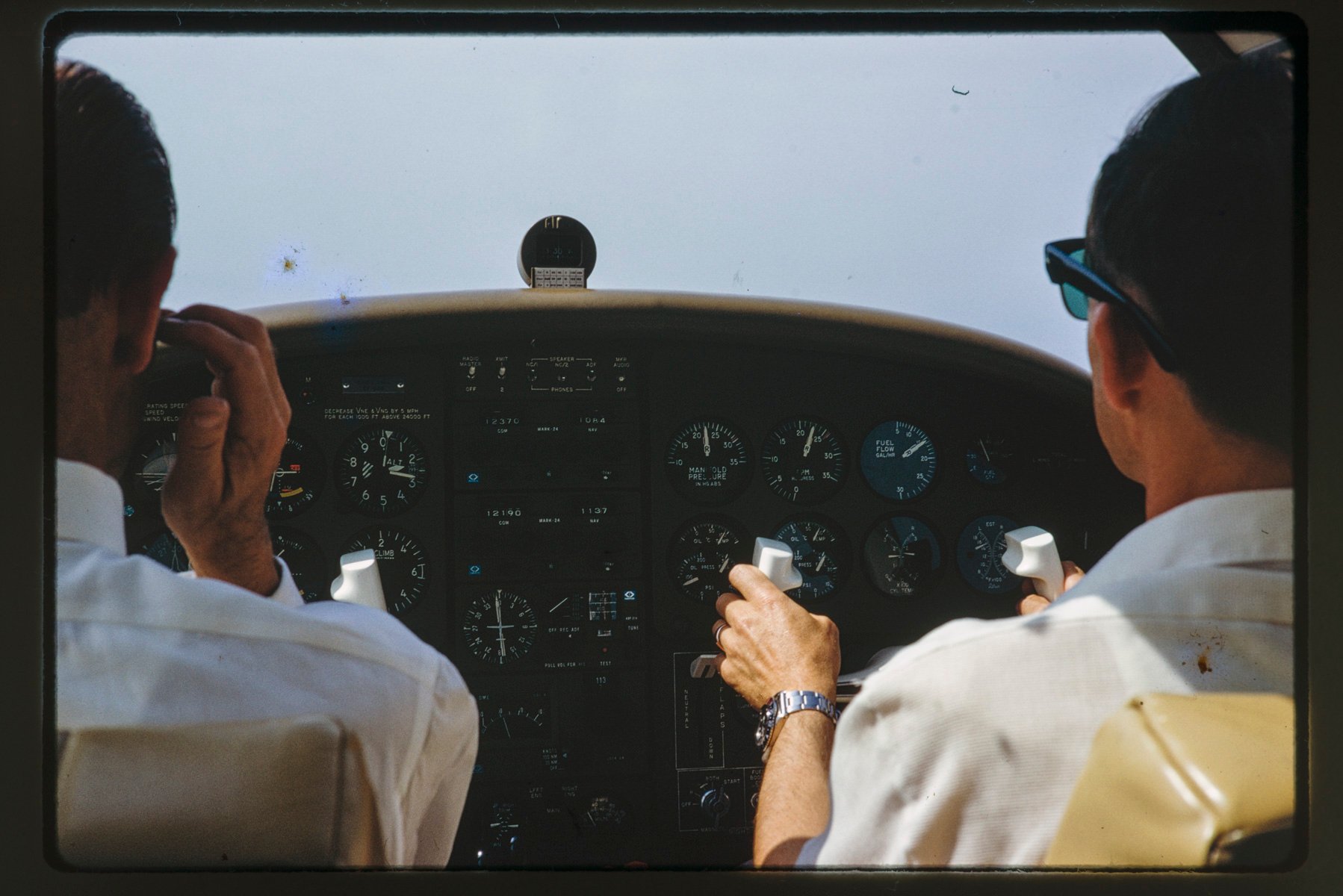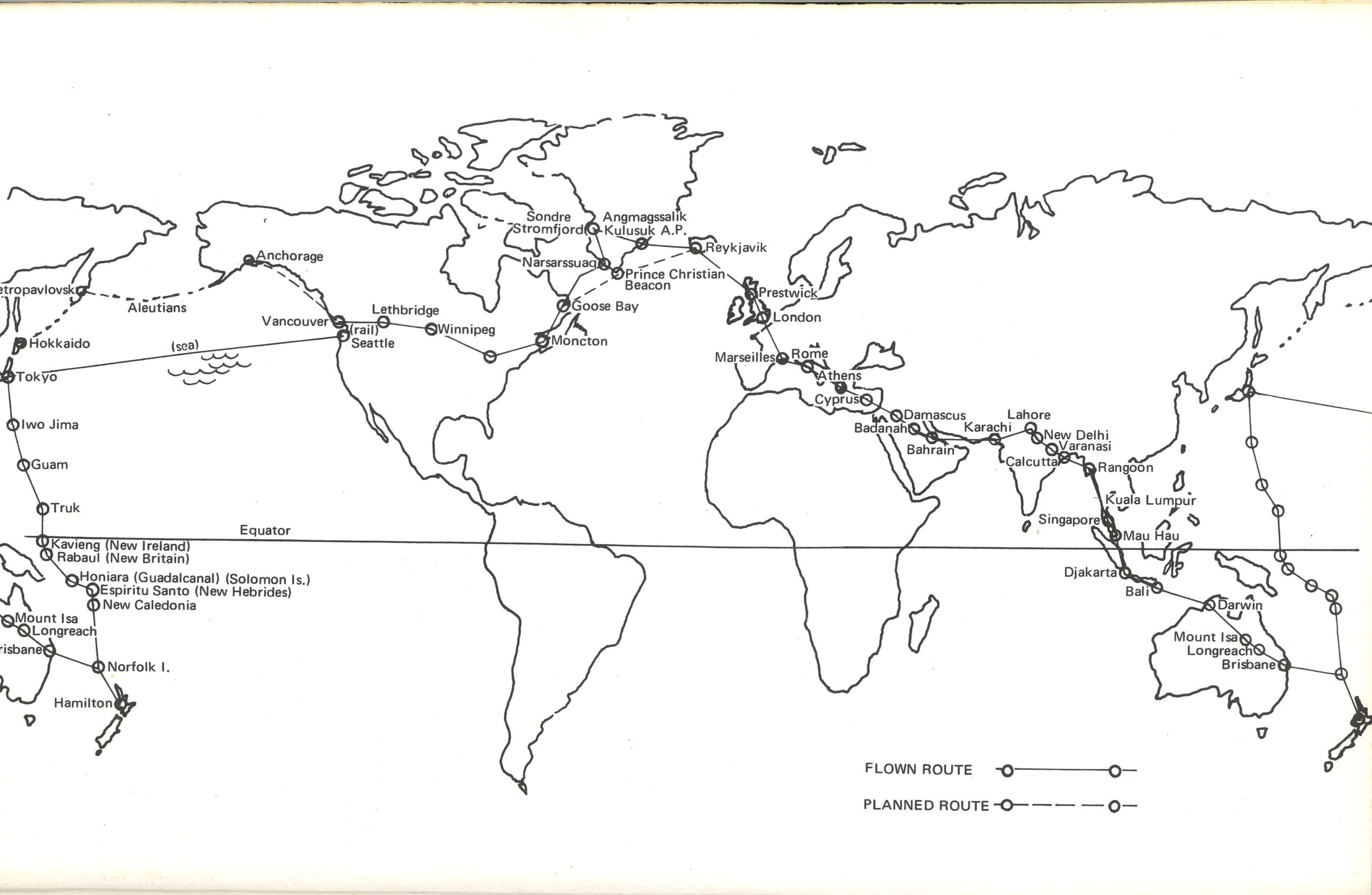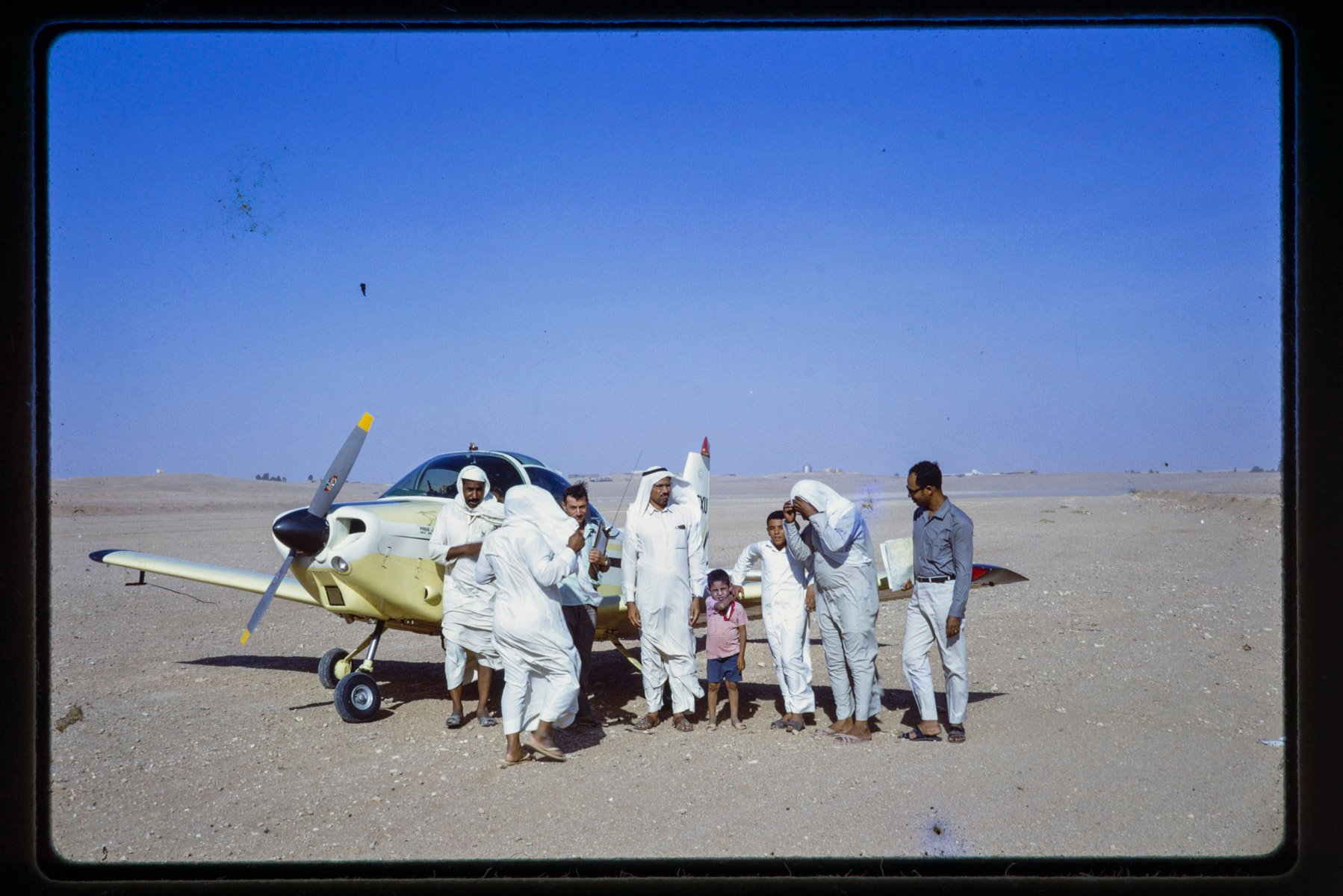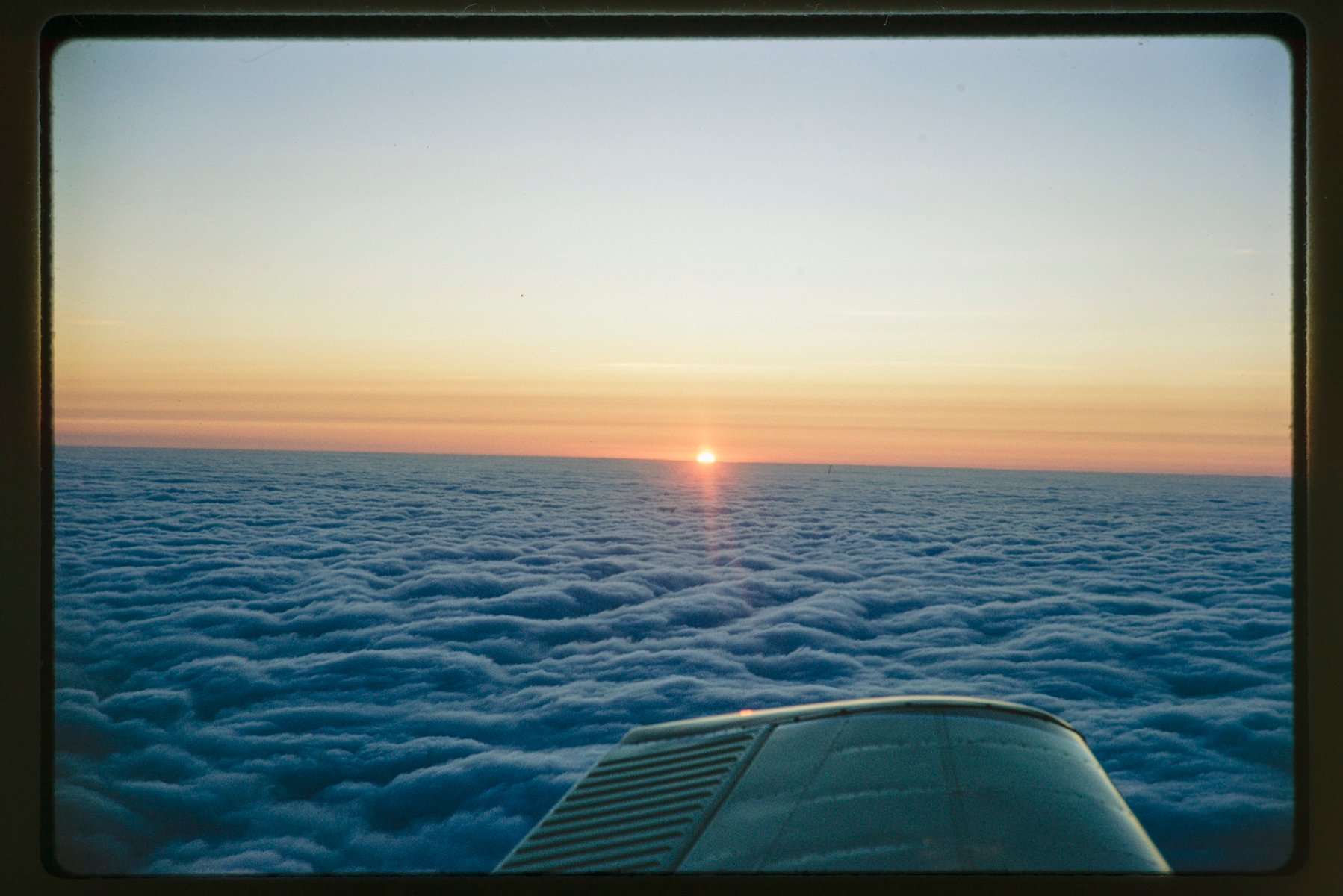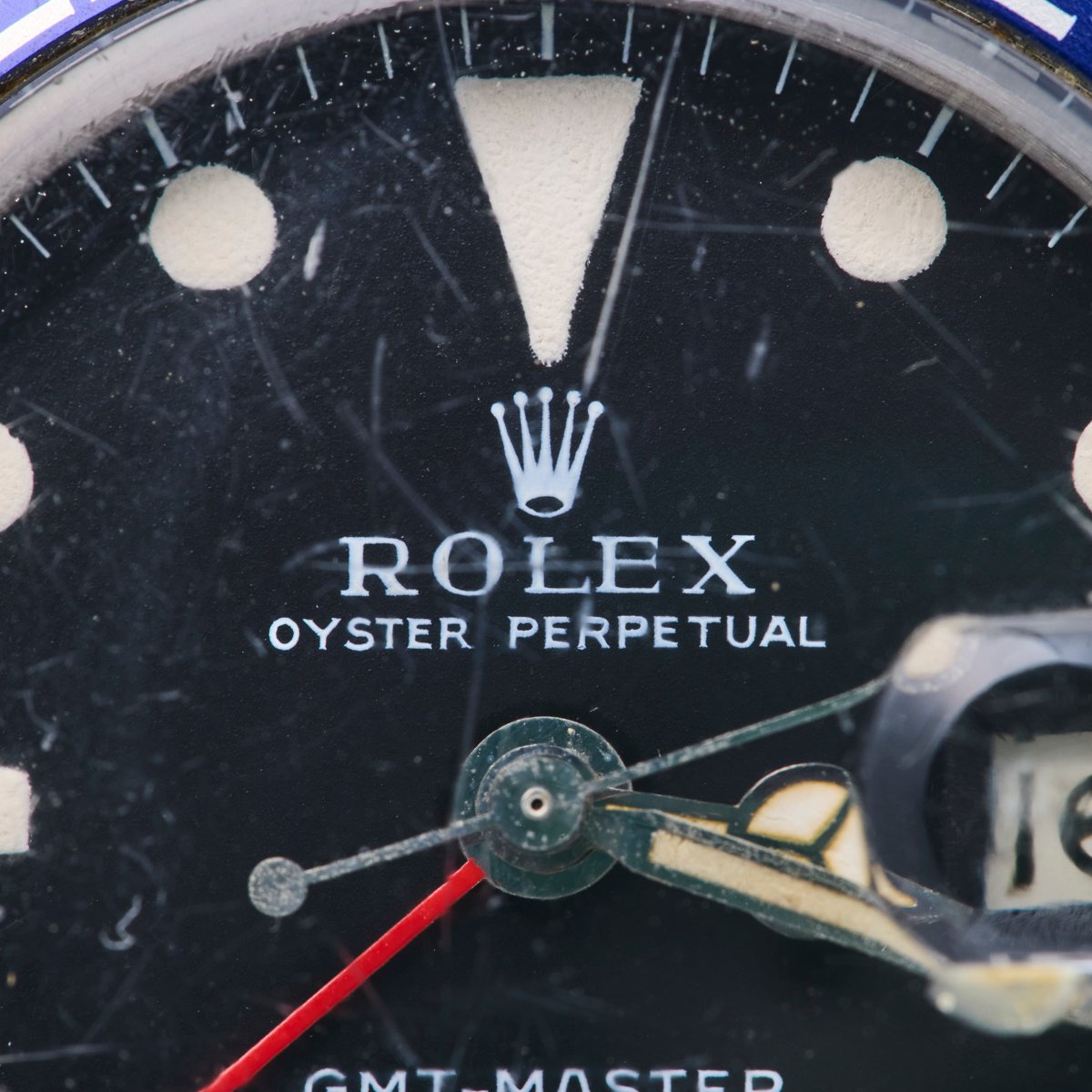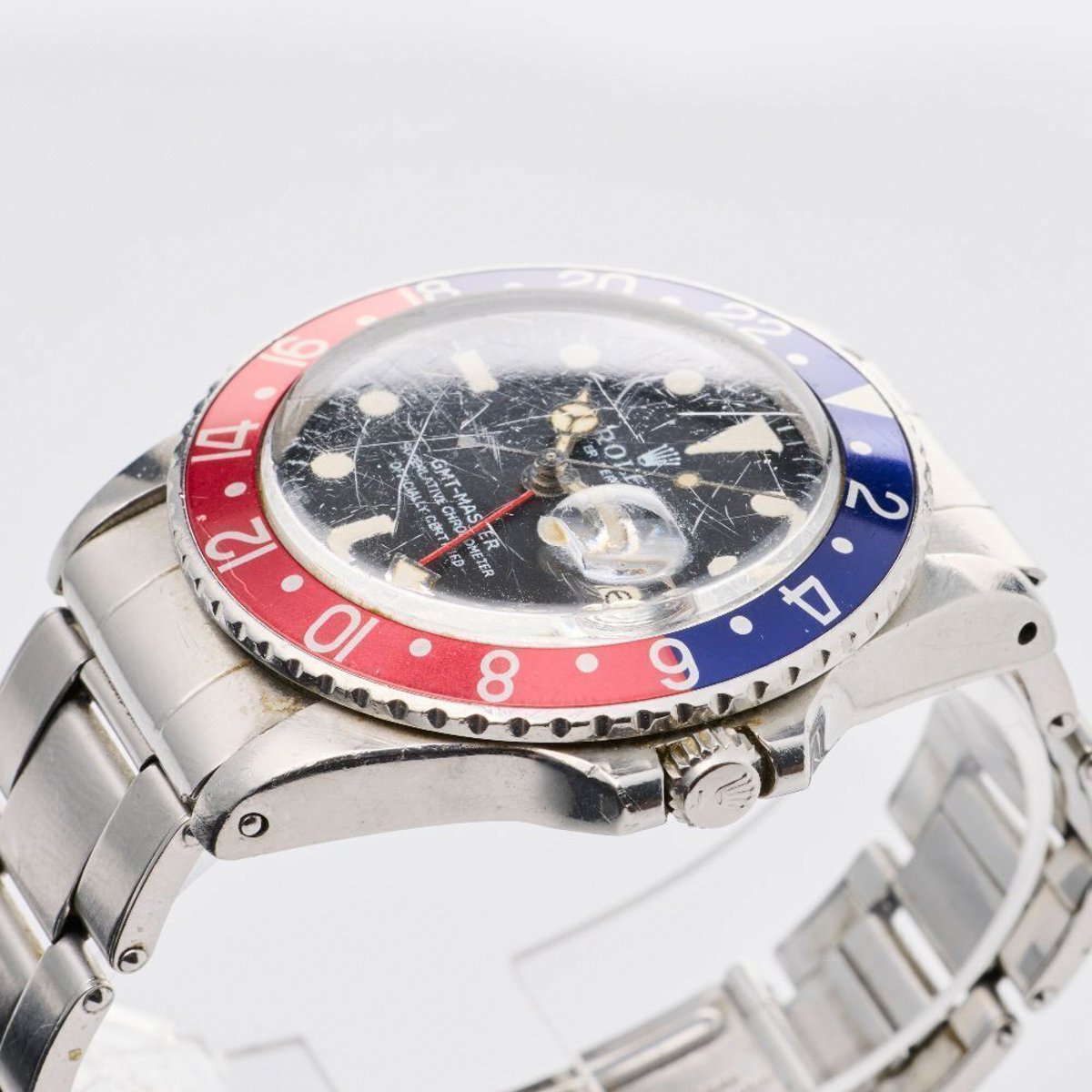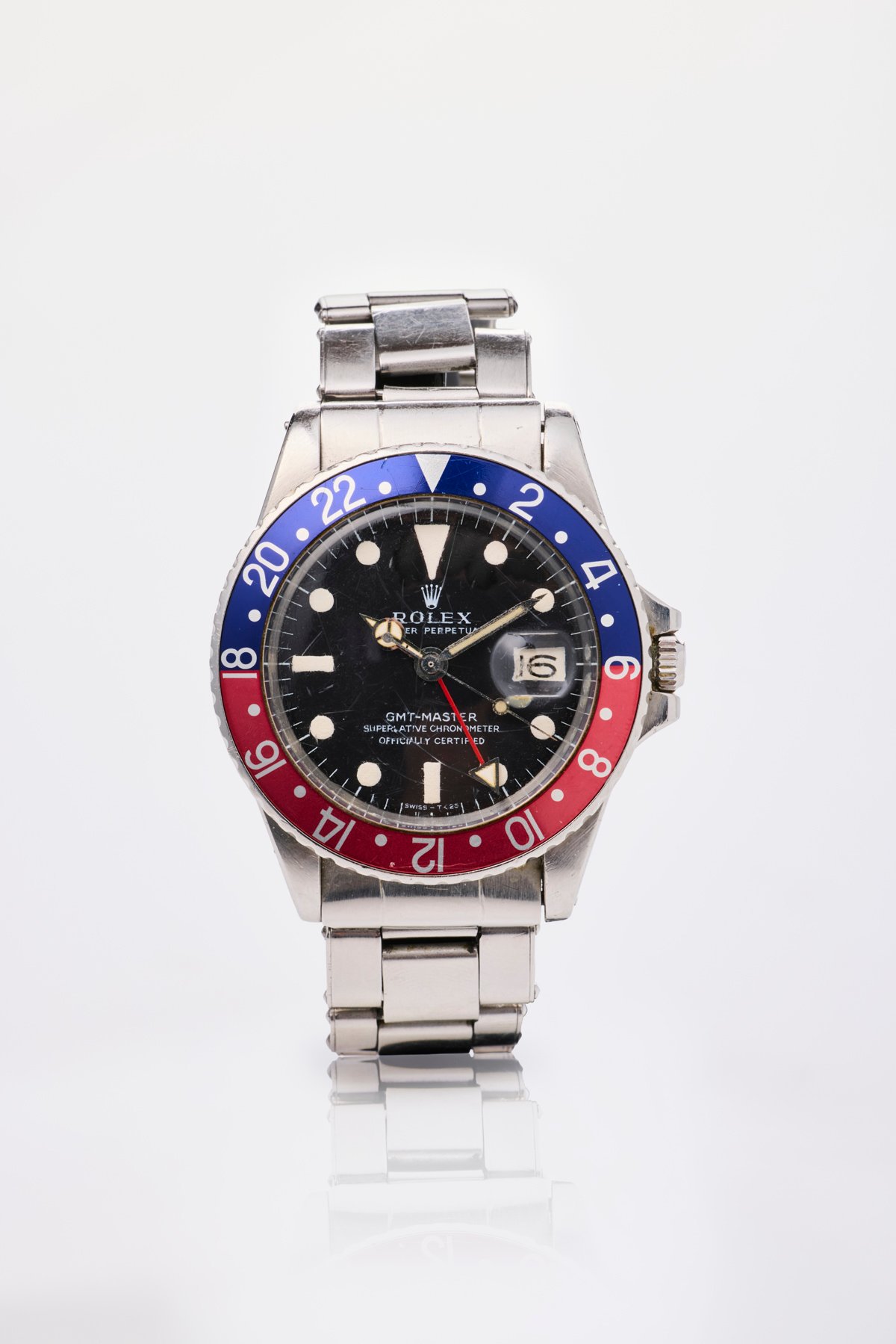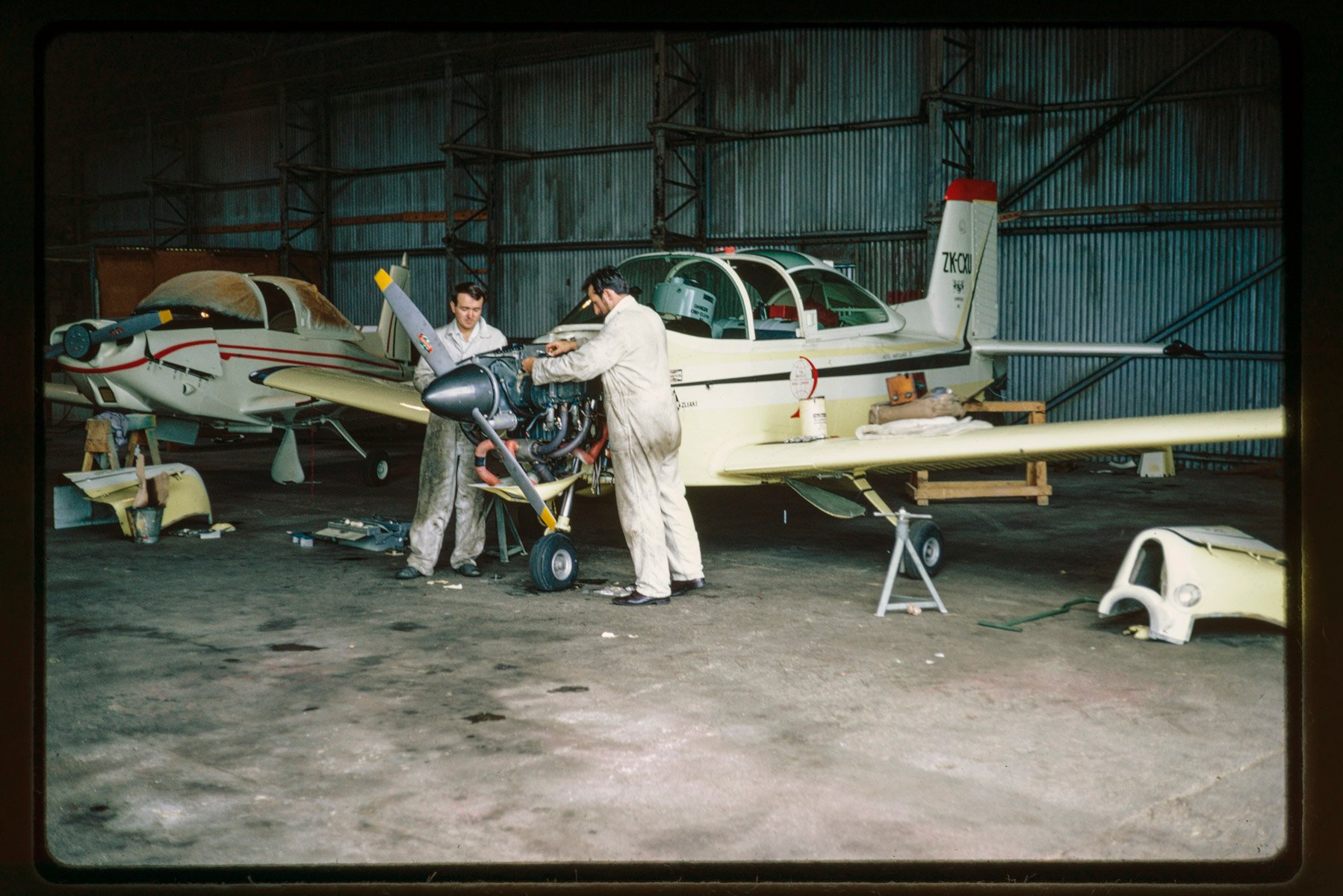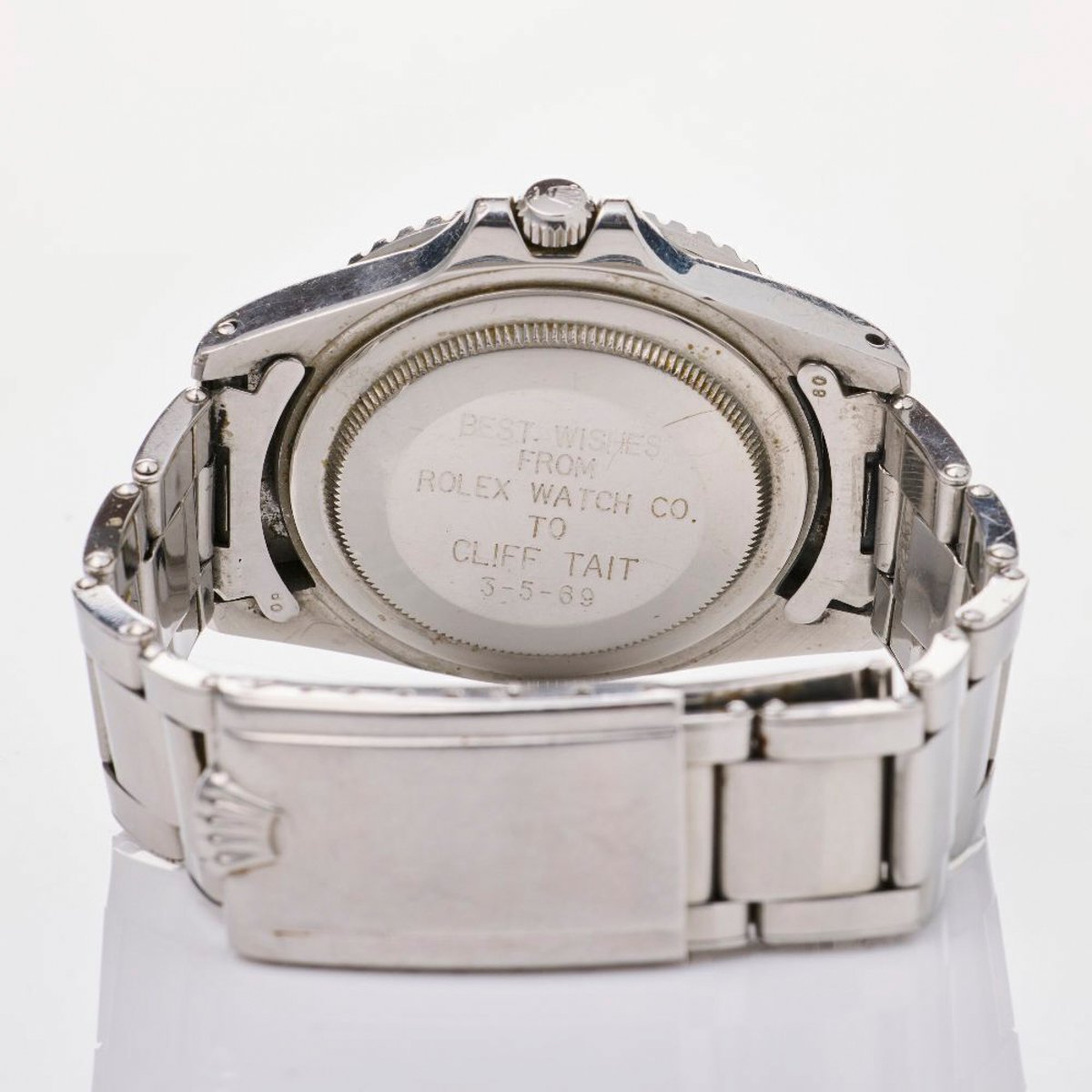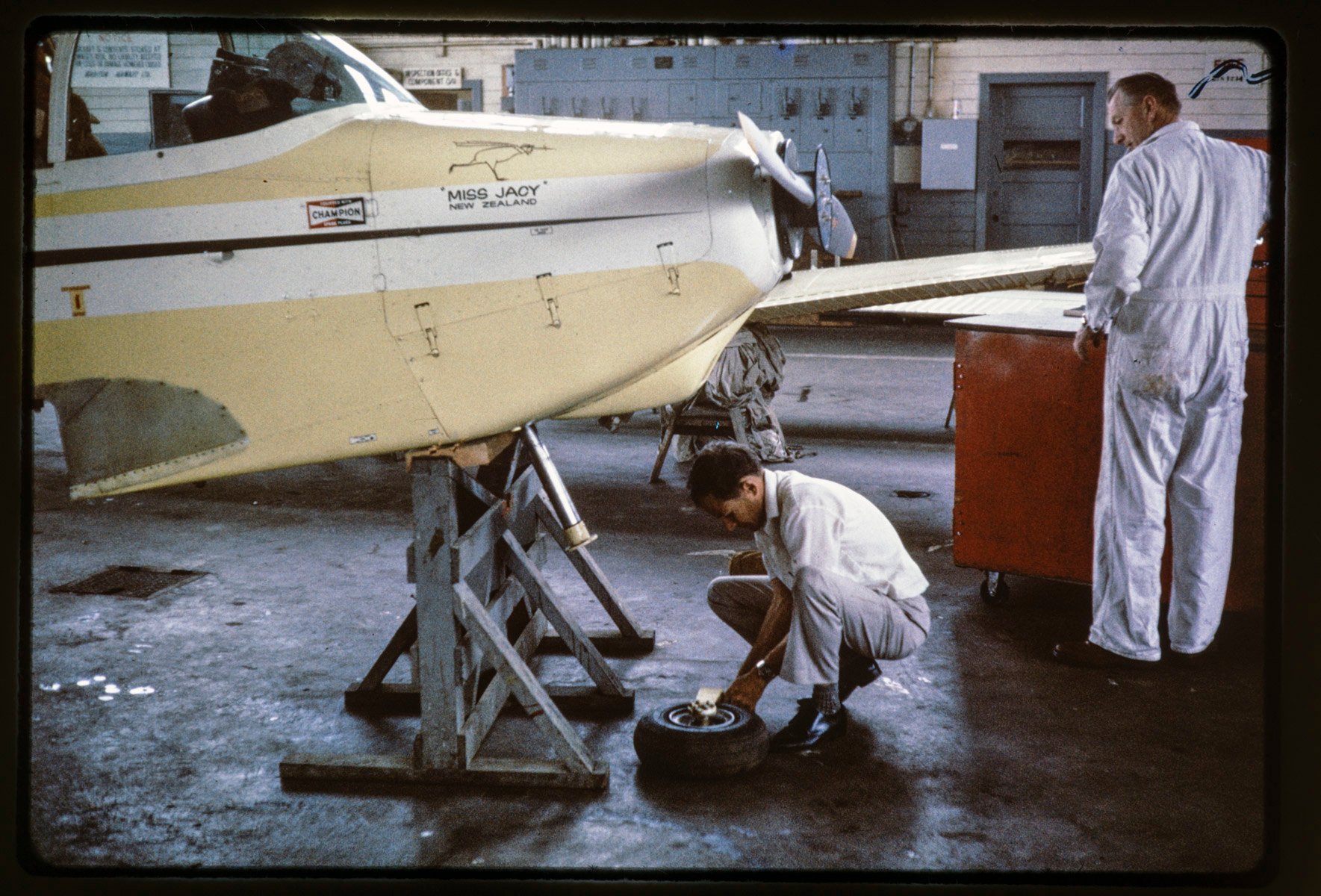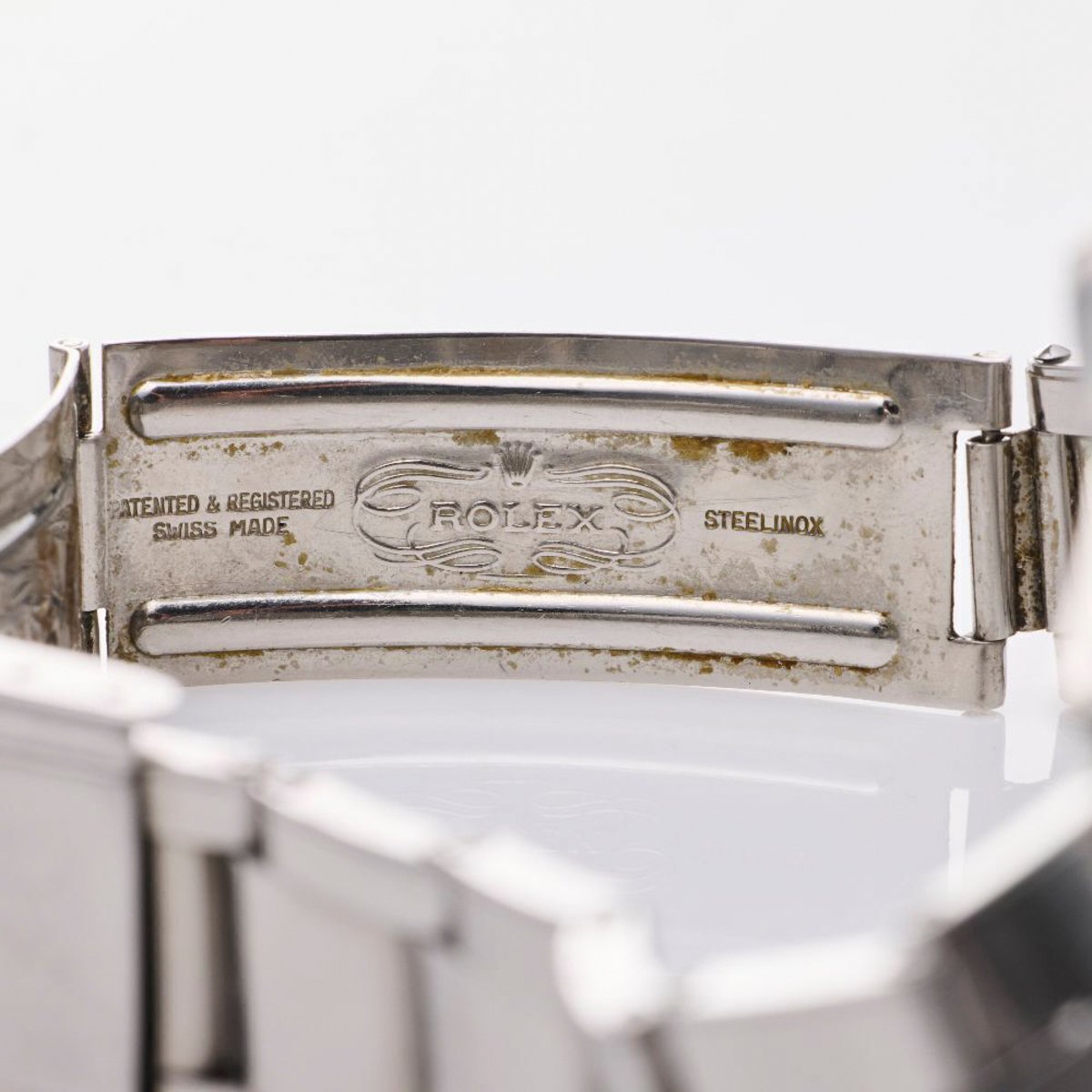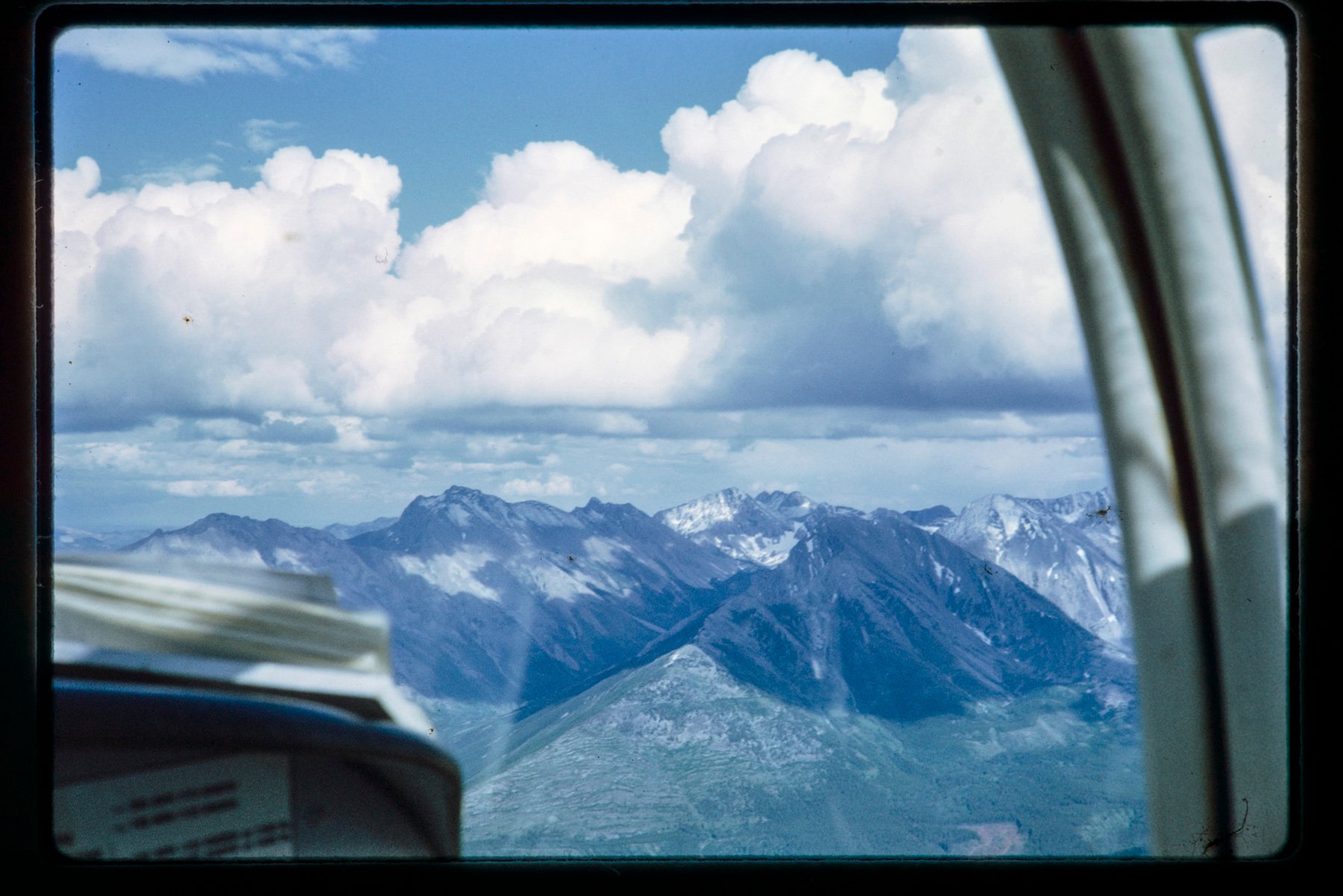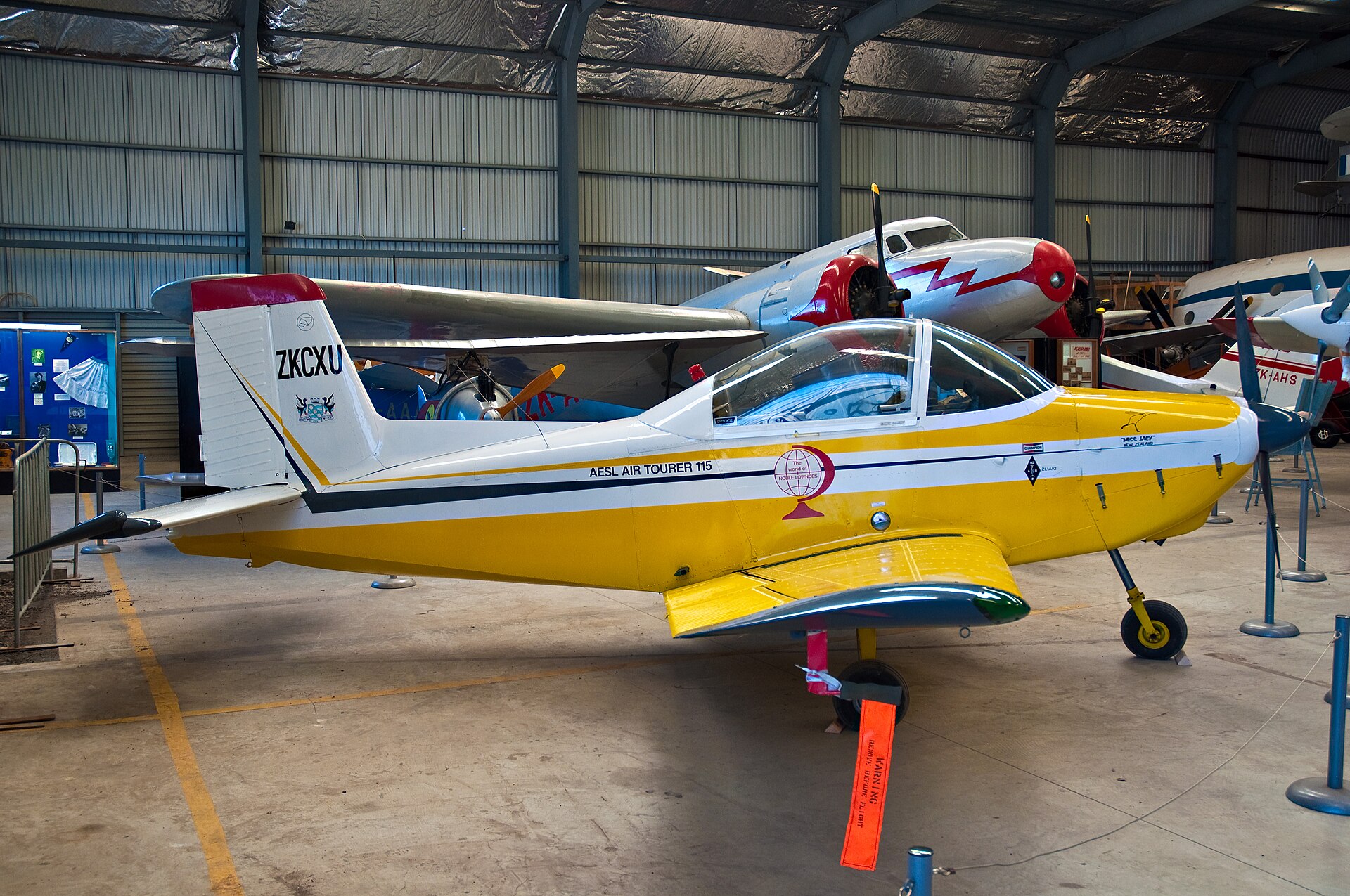The Rolex GMT-Master That Flew Around the World — Cliff Tait’s Extraordinary Journey
When pilot Cliff Tait took off in 1969 to fly solo around the world in a tiny aircraft, he carried with him a Rolex GMT-Master 1675 — a watch that became as vital as any flight instrument. This is the story of the man, the machine, and the timepiece that circled the globe together.
On May 12th, 1969, New Zealand aviator Cliff Tait taxied his diminutive AESL Airtourer 115, affectionately christened Miss Jacy, down the grass strip at Hamilton Airport. Ahead of him stretched an 80-day, 30,000-mile odyssey — a solo circumnavigation of the globe in one of the smallest single-engine aircraft ever to attempt such a journey.
Today, Miss Jacy sits suspended in the Museum of Transport and Technology (MOTAT) in Auckland, preserved as a proud emblem of Kiwi ingenuity and courage. Accompanying the pilot was a trusty watch from Rolex.
It was a gesture of goodwill from the brand — and a tool that would soon prove essential in helping Tait keep his world in order. Strapped to Tait’s wrist throughout that flight was a Rolex GMT-Master 1675 engraved with, “Best wishes from Rolex Watch Co. to Cliff Tait 3-5-69.”
The making of a Kiwi pioneer
Clifford Vincent Tait wasn’t born into aviation privilege. Born in Wellington in 1929, he spent his youth moving between trades — radio technician, carpenter, tram motorman, electrician — before discovering flight in his 30s. A spinal defect had barred him from military service, but his determination found a different runway.
By the mid-1960s, Tait was working for R.C. Dimock Ltd and had earned his private pilot’s licence. New Zealand’s fledgling aircraft industry had begun producing the AESL Airtourer, a sprightly little low-wing monoplane designed for training and touring. Tait saw in it not only a capable aircraft but also an ambassador for New Zealand manufacturing. His idea was audacious: prove the Airtourer’s reliability by flying it around the world — alone.
A world adventure awaits
With modest sponsorships, a supportive family, and help from friends at his local aero club, Tait purchased an Airtourer 115, serial no. 521, and named her Miss Jacy. He planned a route that would take him from Hamilton across the Pacific, through Micronesia and Southeast Asia, over the Middle East, into Europe, then westward across the Atlantic and back home through North America and the Pacific once again.
The logistics were staggering. He’d need overflight permissions from more than 20 nations, fuel arranged at remote islands, and nerves of steel for 12-hour stretches over open water. When the Soviet Union denied him entry, he disassembled Miss Jacy in Tokyo and shipped her to Seattle, reassembling the aircraft himself to continue the journey.
After 284 flying hours and some 30,500 miles, Cliff Tait touched down again in Hamilton on August 1st, 1969. He had become the first pilot to circumnavigate the globe solo in a New Zealand-made aircraft — and, by most measures, in the smallest single-engine aircraft ever to do so.
The Rolex GMT-Master as co-pilot
In his memoir Flight of the Kiwi, Tait recalls his journey. During that flight, he made heavy use of the trusty GMT watch that Rolex had provided him for the journey. Brownsons Jewellers in Hamilton had arranged the presentation of this brand-new watch engraved with his name and departure date.
In his memoir, Tait recalled the presentation of this watch: “Through the efforts of Mr. P. Ryan of Brownsons, jewellers in Hamilton, the Rolex Watch Company in Switzerland presented me with a Rolex GMT-Master. This particular watch had, in addition to the normal facilities, a 24-hour hand, which, although I did not realize it at first, was later to prove one of the three most valuable pieces of equipment I carried. The other two were a small rubber spout to adapt the huge filling nozzles of the petrol pumps I expected to encounter to the small intakes of my refuelling system and a small instrument I had made from a very early (1920s) ship’s radio direction-finder.
This instrument I devised to eliminate possible error in making radio bearing calculations. I had worked on reducing the mental workload as far as possible, and this homemade computer plus the 24-hour hand on my new watch, which eliminated the necessity of converting local times, which vary throughout the world, to Greenwich Mean Time, the international time standard, proved most practical.”
Editor’s note: The passages above have been edited for punctuation.
The Rolex GMT-Master ref. 1675
That understated remark says everything about the man and the watch. The Rolex GMT-Master 1675 wasn’t a fashion accessory; it was an instrument. Launched in the late 1950s and refined throughout the 1960s, the 1675 was the second generation of Rolex’s pilot’s watch. It was designed for professionals navigating the dawn of global jet travel — Pan Am pilots, long-haul aviators, and explorers who lived by time zones. Its rotating 24-hour bezel and independent GMT hand allowed simultaneous tracking of two time zones. Surely, this was a godsend for anyone crossing meridians faster than the human body could adjust.
A critical tool
For Tait, this was more than convenience. His flight path spanned the International Date Line, the equator, and multiple hemispheres. Local time could change by the hour. However, coordination with refueling crews and ground contacts required a constant reference to GMT. Tait’s GMT-Master became a simple, reliable companion that didn’t rely on power, batteries, or radio signals. The example he wore was a classic 1969 model. Its 40mm stainless steel case had a roughly 48mm lug-to-lug and a 13mm thickness, including the acrylic crystal. It housed a black dial with luminous hour plots and Mercedes hands and an automatic caliber 1575 with 26 jewels and a 48-hour power reserve. The watch was fitted to a riveted Oyster bracelet (ref. 7206/80) — lightweight, comfortable, and built for endurance.
As Tait traversed the globe, that Rolex endured everything — tropical humidity, engine vibration, sweat, and the chill of high-altitude flight. It never faltered. Decades later, its faded lume and scratches would serve as physical testimony to an extraordinary voyage.
Time and distance
Flying around the world solo is as much a battle with time as it is with distance. Daylight, fuel reserves, and weather windows governed every leg of the journey. The Rolex GMT-Master helped Tait track the rhythm of the planet — when to depart, when to contact airfields, and when to rest.
The watch’s 24-hour GMT hand, sweeping slowly once around the dial per day, mirrored the Sun’s movement across the Earth. In the cockpit of Miss Jacy, amid maps and gauges, Tait’s Rolex provided a small but steady link to the wider world — a heartbeat of home ticking through the turbulence. Collectors often speak of “tool watches” with reverence, but here, the term is literal. This wasn’t a watch worn merely to symbolize adventure. No, it was a crucial part of the adventure.
The Rolex GMT today
The Rolex GMT-Master 1675 that accompanied Cliff Tait has resurfaced. The engraved caseback confirmed its provenance, reading “Best wishes from Rolex Watch Co. to Cliff Tait 3-5-69.” The watch will be sold at auction by Webb’s in New Zealand. It is offered on its original riveted bracelet and with its period-correct black dial and acrylic crystal — a perfect snapshot of Rolex’s golden age of tool-watch design.
The listing noted the usual caveats — untested for water resistance, possibly serviced or with replaced parts over the decades, sold “as is.” But none of that really matters. The engraving and the life the watch witnessed give it importance beyond its condition. This is a timepiece that lived a full, high-altitude life — it earned its patina the hard way. In a world where provenance often feels manufactured, this one’s authenticity is unquestionable.
Miss Jacy and the legacy of a journey
Today, Miss Jacy is on display at the Museum of Transport and Technology (MOTAT) in Auckland. The little Airtourer sits quietly among larger machines, her fuselage still wearing the faint traces of sun damage from her voyage. The museum’s collection notes capture the feat succinctly: the first solo circumnavigation of the world in a single-engine New Zealand-made aircraft — a triumph of Kiwi innovation.
Standing before that aircraft, one can imagine the Rolex ticking steadily on Tait’s wrist as he scanned the horizon. The link between the watch and the plane is more than symbolic. Both are feats of precise engineering, built for reliability, simplicity, and endurance.
Why this Rolex GMT mattered
Within the watch-collecting community, the Rolex GMT-Master 1675 is already a beloved model — the archetype of the classic pilot’s watch. This particular example, however, has lived a life that many would be jealous of!
This is a watch that has shown its adventures. It connects the best of two worlds — the mechanical beauty of Swiss watchmaking and the indomitable spirit of a self-taught New Zealand aviator who dared to circle the planet.
The final descent
Sadly, Cliff Tait passed away during the writing of this article. However, his story endures not only through his achievements and Miss Jacy but also through the Rolex GMT-Master that accompanied him on every leg of that flight. It remains a reminder that even in an age of satellites and smartwatches, the most meaningful instruments are those connected to human endeavors.
The author would like to extend his thanks to the folks at the Auckland Museum of Transport and Technology (MOTAT) for their work on archiving images. We’d also like to extend our condolences to Mr. Tait’s family.
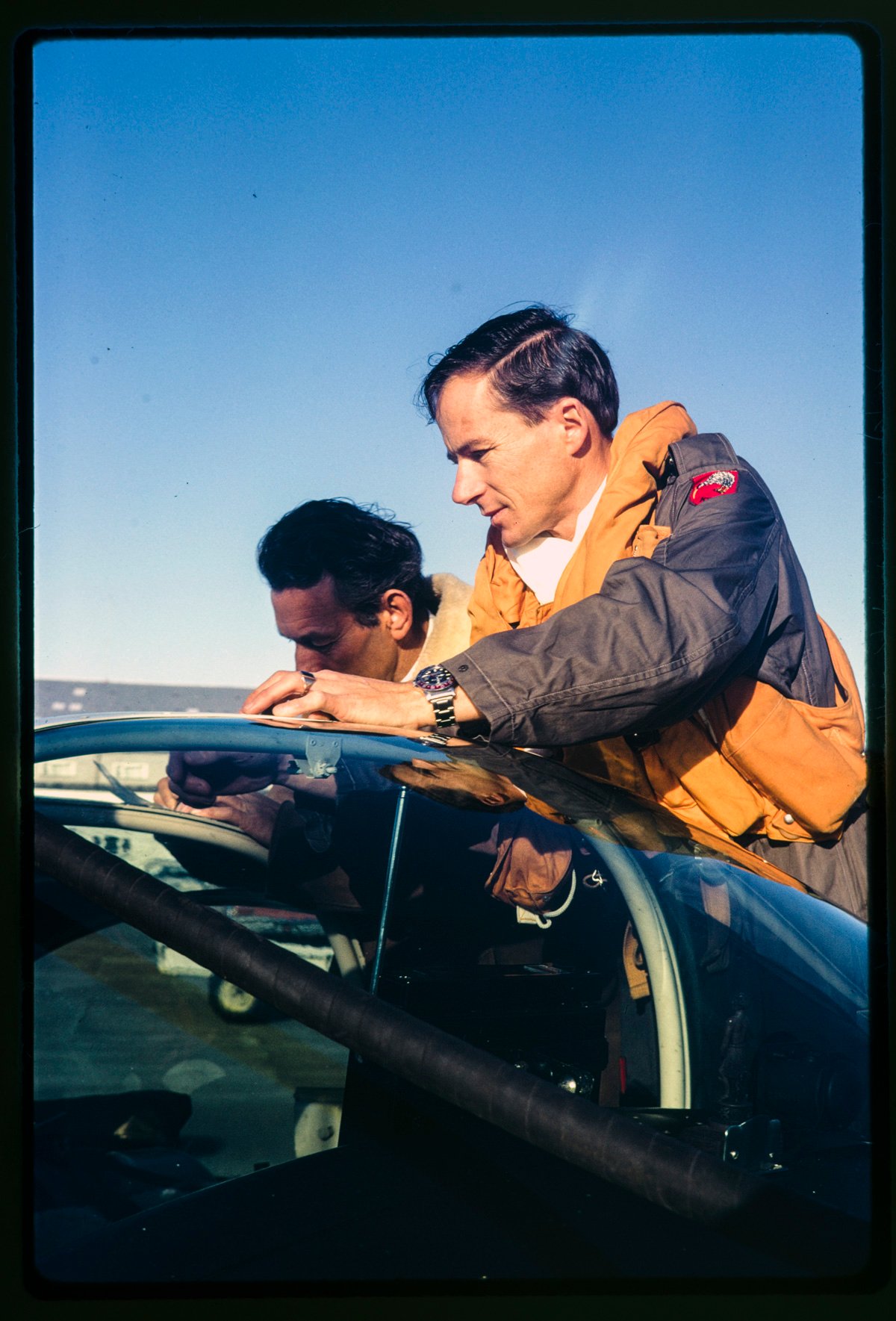
Cliff Tait checking Airtourer ZK-CXU Miss Jacy before departure on his round-the-world flight, May 12th, 1969
After the trip, Tait praised his family’s patience and fortitude: “[My thanks to] my wife and family, who had the patience to endure the trials and tribulations associated with the flight,” he said. Among those others listed in the acknowledgments were: “Fifth Avenue Primary School, Hamilton, Noble Lowndes Holdings (UK) Ltd, United Kingdom, R.C. Dimock Ltd (Dimock Machines), Mr. E. Omundsen of Civil Aviation, New Zealand, Rolex Watch Company, Switzerland, Glos Air Ltd, United Kingdom, Waikato Sheet Metals Ltd, Hamilton, New Zealand, Amateur Radio Operators throughout the world, Union Steam Ship Co., Hamilton, New Zealand, Aviation Radio Ltd, Wellington, New Zealand, The Royal New Zealand Air Force, Whenuapai, Air Traffic Controllers throughout the world.”
As mentioned, Cliff Tait’s Rolex GMT-Master 1675 will be auctioned by Webb’s in New Zealand. The author would like to thank Webb’s for providing images.

